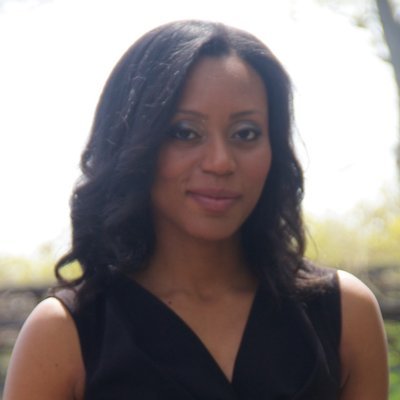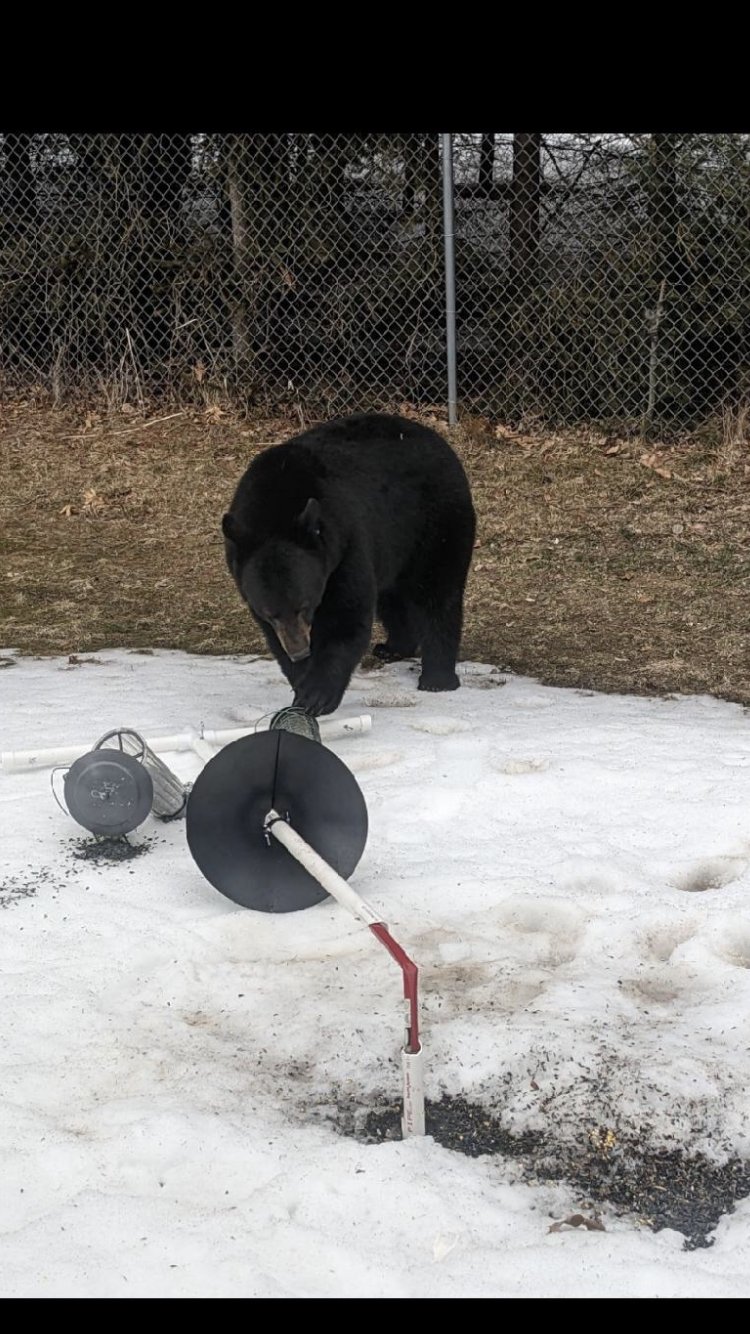By Rosemary Ford and Caitlin Agnew
This article has been edited for length and clarity.
According to the New Hampshire Women’s Foundation’s 2024 Status of Girls in New Hampshire report, girls are twice as likely as boys to experience poor mental health. The report says that over half of New Hampshire girls have reported experiencing depression while one-third have considered suicide. On this episode of “The State We’re In,” Melanie Plenda will discuss the New Hampshire Women's Foundation biannual report on girls in the Granite State with Devan Quinn, director of policy for the foundation.
Melanie Plenda:
What's the purpose behind the report? Why do we need to single out girls?
Devan Quinn:
This report, the Status of Girls, is the most comprehensive compilation of data on girls in the Granite State. What's unique about our research at the Women's Foundation is our gender lens. We know how vital data-driven research is to gender equality. We believe that accurate and comprehensive data must be the foundation for policies and laws that impact women and girls. Data-driven decisions by policymakers, advocates, education and community leaders will positively impact girls here in our state. Basically, if we aren't looking at the data by gender, race, ethnicity, sexual orientation and geography, then we aren't seeing the full picture of experiences and well-being in New Hampshire.
Melanie Plenda:
What did you find about the mental health challenges New Hampshire girls are facing?
Devan Quinn:
I'll start by saying that the report highlights a strong, smart, resilient and diversifying population of girls with endless potential. The data also highlight disparate outcomes by gender, particularly in mental health.
As you mentioned, one of the most jarring highlights is the decline of mental health among all youth. However, girls are twice as likely as boys to experience poor mental health, depression, self-harm and suicide consideration. Fifty-eight percent of girls and 31% of boys felt depressed — this is higher than the national average and the highest in New England. And 32% of girls and 17% of boys reported considering suicide. When we look at hospital visits, 76% of all suicide or self-harm-related hospital visits were from girls. But girls also received mental health services at twice the rate of boys. Girls are also more likely to ask for help from services like the Crisis Text Line.
Melanie Plenda:
While mental health problems are on the rise for girls, youth substance abuse nationally is also following an upward trend, but that's not true in New Hampshire. So what's going on there, and are there any specific substances that are of concern for teen girls?
Devan Quinn:
Youth substance use has trended downward since 2019. Vaping use dropped the most, but New Hampshire girls have significantly higher rates than New Hampshire boys for misusing prescription drugs, and for current alcohol use, industry drinking and vaping. And white girls specifically are more likely to drink alcohol than girls of color.
The most recent data we have is from 2021, so it's difficult to know if these New Hampshire trends are the impact of the pandemic and a lack of socialization among peers, or it's the impact of public health efforts or something else. It's something we want to keep an eye on while also acknowledging that girls are engaging in substance use more than boys.
Melanie Plenda:
Shifting our focus to girls' education., the report says that a crucial component of closing the gender pay gap is addressing the gender gap in STEM fields which stands for science, technology, engineering and math. So what does the report reveal about ongoing gender disparities in STEM?
Devan Quinn:
We know that early on in school girls and boys perform similarly in all subject areas. But by the time they get to high school that starts to shift. Girls outperform boys in English language arts, they score similarly to boys in science but lower than boys in math. We also see much lower enrollment of girls in STEM and in high school CTE programs, or career and technology education programs. When we look at the data from the University System of New Hampshire — that includes UNH, Plymouth State College and Keene State College — we can see differences in which majors first-year students in state students are choosing.
While we know that business and biological sciences are both in the top five for male and female students, women are actually more likely to study health sciences, psychology and education and men are more likely to study engineering and computer science. We should also note that New Hampshire has the second-highest in-state tuition costs, the lowest state funding for public higher education and the top student debt for recent graduates in the nation. So when we look at all these data points combined, we see that women are more likely to shoulder the burden of higher student debt and lower income than men once they enter the labor force.
Melanie Plenda:
So how do we address this?
Devan Quinn:
Well, it's so important that we disrupt the social and structural forces that systemically track women away from some of the most high-paying and fastest-growing occupations throughout their education.
To be clear, girls who want to have careers in fields that are women-dominated like nursing or teaching should be celebrated. The same for boys who want to have careers in engineering. What we don't want is for girls who are interested in engineering or boys who are interested in teaching to be socially or structurally tracked away from their interest. This can happen through overt sexism with comments from adults or peers about what girls are good at or not good at. It can be less obvious when girls receive more positive feedback about their work or interests that are traditionally gender-aligned.
Girls can feel unwelcome in environments dominated by boys when we don't make an effort to make sure they feel welcome there. And it can happen on a macro level, when girls just don't see women in their communities in the roles they imagine themselves to be in, like doctors or architects. And conversely, when boys don't see as many male teachers to emulate. So this is why programs that encourage girls in STEM, all over the country and in our state are doing great work to make a difference for so many girls who are interested in those fields.
Melanie Plenda:
Another topic of conversation surrounding adolescents has been cyber bullying. How is cyber bullying impacting girls in New Hampshire?
Devan Quinn:
Bullying, which can be in person or through technology, which is called electronic bullying or cyberbullying, can cause physical, psychological, social or educational harm and contribute to health disparities. Girls are nearly twice as likely to experience electronic bullying than boys. We mentioned earlier that while girls and boys spend similar amounts of time on screens and devices, girls' social media usage has a greater negative effect on body image compared to boys.
Melanie Plenda:
What can be done to address this?
Devan Quinn:
Cyberbullying can happen anywhere or anytime, and while New Hampshire has laws that address bullying in schools, regulating bullying online can be pretty difficult. It's important to note that this generation has had a different childhood than their parents or older generations. This generation grew up with the internet, social media and smartphones in their pocket, and they also experienced really formidable years during COVID. So there are no easy solutions or overnight fixes. But I want to encourage parents and those concerned about this to start by listening to girls, and we need to follow up with the investment to make what they need possible in this area.
Melanie Plenda:
On top of presenting data, the report also highlights numerous legislative efforts and programs across the state aimed at supporting girls. Can you give us the highlights of those efforts?
Devan Quinn:
While there's so much to celebrate about New Hampshire girls, some of the data and topics can feel really heavy, which is why we also include spotlights throughout the report on organizations serving girls across the state and the amazing work that they do in our communities to lift up and support girls.
Some of our spotlights include New American Scholars, who offer targeted educational support specifically designed to meet the unique needs of refugee children. We also spotlight Breakthrough Manchester, which offers an intensive tuition-free academic programming to support Manchester students from traditionally underserved communities on their path to college. We spotlight Claremont Learning Partnership that offers support to youth experiencing abuse, racism, gender identity, questions, recovery, and more. We also spotlight Haven, which works to prevent sexual assault, domestic violence, and stalking to support and empower adults, youth and families to heal from abuse and rebuild their lives. We encourage you to learn more about these amazing organizations and support them.
We also support our own advocacy efforts at the Women's Foundation, including efforts to protect the rights of trans girls and ensure that menstrual hygiene products are available for free in schools. We also supported legislative efforts on girls' mental health the past few years. We were proud to support a bill that required schools to include the 988 crisis helpline and the eating disorder hotline on the back of student ID cards. We also supported a bill developed by students that would require schools to offer mental health education just like they offer health class. So I mentioned before that things won't change overnight, but there's so much we can do to support girls right now.
Melanie Plenda:
So the New Hampshire Women's Foundation says its mission is to invest in opportunity and equality for women and girls in the Granite State. What is the main takeaway you want policymakers and the public to have from this report?
Devan Quinn:
I want people to take away our three top points from this report.
First, the mental health crisis is among all youth, however, girls are twice as likely as boys to experience poor mental health, depression, self-harm and suicide consideration.Secondly, that girls outperform boys in English language arts, but score lower than boys in math. There's crucial work to do to close the gender STEM gap. Third, that simple headlines about New Hampshire kids don't tell the whole story, that it's imperative for us to look at the data by disparities by gender, race, ethnicity, sexual orientation and by geography, and that these disparities are the results of historical, social and political inequality.
And I want people to know that despite the real challenges girls are facing, girls are also strong, smart, resilient, diversifying and have endless potential. I want to remind us to listen to girls, hear what they have to say, and give them the resources they need to thrive.
Melanie Plenda:
Devan Quinn, director of policy of the New Hampshire Women’s Foundation, thank you so much for joining us today.
“The State We’re In” is a weekly digital public affairs show produced by NH PBS and The Marlin Fitzwater Center for Communications. It is shared with partners in the Granite State News Collaborative, of which both organizations are members.These articles are being shared by partners in the Granite State News Collaborative. For more information, visit collaborativenh.org.
















